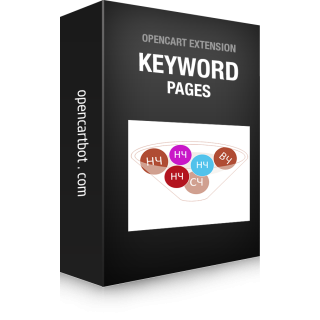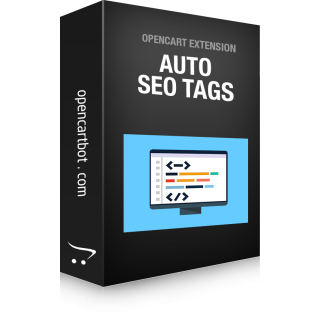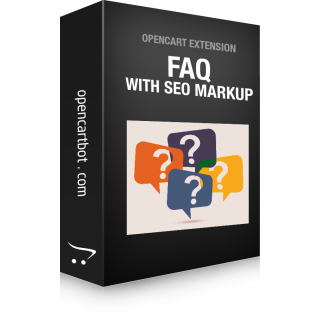The correct structure of the site, headings and content is a key element of successful SEO, i.e. optimizing the site for search engines and improving usability - user experience. In order to organize the correct structure of the site and content, the following rules must be followed:
- Develop a clear site structure: The site should have a structure where each section has a logical order. This makes it easier for users to navigate and lets search engines understand that your site has a logical and structured organization.
- Use headings H1, H2, H3, etc.: Headings H1, H2, H3, etc. indicate the structure of the content and its importance. Use headings in order of importance, starting with H1 for the main page heading.
- Use keywords in titles and content: Using keywords in titles and content helps search engines understand what the page is about and increases the page's ranking for those keywords.
- Writing Short Paragraphs: Short paragraphs make the content easier to read and easier to understand. Also use lists, markers and tables to facilitate the perception of information.
- Create a mobile-responsive design: Many users visit sites from mobile devices, so it is important to have a mobile-responsive design to ensure an optimal user experience on different devices.
- Use meta tags, such as page titles and descriptions, to help search engines understand what the page is about. Use keywords in meta tags to improve SEO.
- Provide easy access to contact information: Provide easy access to contact information such as address, phone and email. This helps connect with users and increases trust in your business.
- Optimize loading speed: Page loading speed is an important factor in improving user experience. Use optimal image size, compress file sizes and use caching to improve download speed.
- Test and improve: Test different elements of the structure, headings and content to identify optimal options. Constantly work on improving your site to provide the best user experience and improve its SEO performance.
- Analyze analytics: Use web analytics tools to track user behavior on your site. This will help identify weak points and improve the user experience.
It is equally important to follow the subordination structure of the headings in the content. The correct order of headings in content can depend on the specific type of content and its goals. Headings should be structured and logically related to each other, as well as contain keywords that will help search engines understand the topic of the page. It is also recommended to avoid repeating headings and use them according to their purpose to improve usability. To create quality content, follow these recommendations:
- H1 Heading: One per page, should contain the main keyword query and convey the overall theme of the page.
- H2 Header: Used to separate content into sections that support the theme of the page.
- H3 Heading: Used to separate more specific content within the section that corresponds to the H2 heading.
- H4, H5, H6 headings: Used for additional subdivision of content inside the H3 heading.
Headings, content and meta tags should be related to each other
Headings and meta tags help search engines understand what the page is about, they should be related to the content of the page. To achieve the highest positions in the SERPs, you must constantly work on your content. adhere to the following rules: use keywords, include titles and short descriptions, use the "canonical" meta tag, and check the spelling of meta tags
- Use keywords: Include keywords that best reflect the topic of the page in your meta tags. Keywords must also be present in the content of the page. This will help improve the SEO ranking of the page.
- Use Headings: Page headings should reflect the overall theme of the page and be linked to meta tags. Each heading on the page should reflect the topic of the page and be related to the relevant content.
- Include short descriptions: The "description" meta tag contains a short description of the page, which should be related to the content of the page. The description should reflect the overall theme of the page and be understandable to users.
- Use the "canonical" meta tag: The "canonical" meta tag helps to avoid duplicate content on different pages. This meta tag must be linked to the main page that contains the original content.
- Check the spelling of meta tags: Meta tags must be spelled correctly and match the content of the page. Incorrectly written meta tags can negatively affect the SEO ranking of the page.
But you should not overdo it with keywords and headings on the page, as this can negatively affect SEO optimization. Keywords and headings should be relevant to the topic of the page and should be found as necessary. It is necessary to remember about the users and provide high-quality and interesting content on the page. No matter how well organized the meta tags and titles are, users will not stay on the page if the content on it does not meet their expectations and needs. Therefore, it is important to ensure high quality and interesting content on the page in order to attract and retain visitors.







